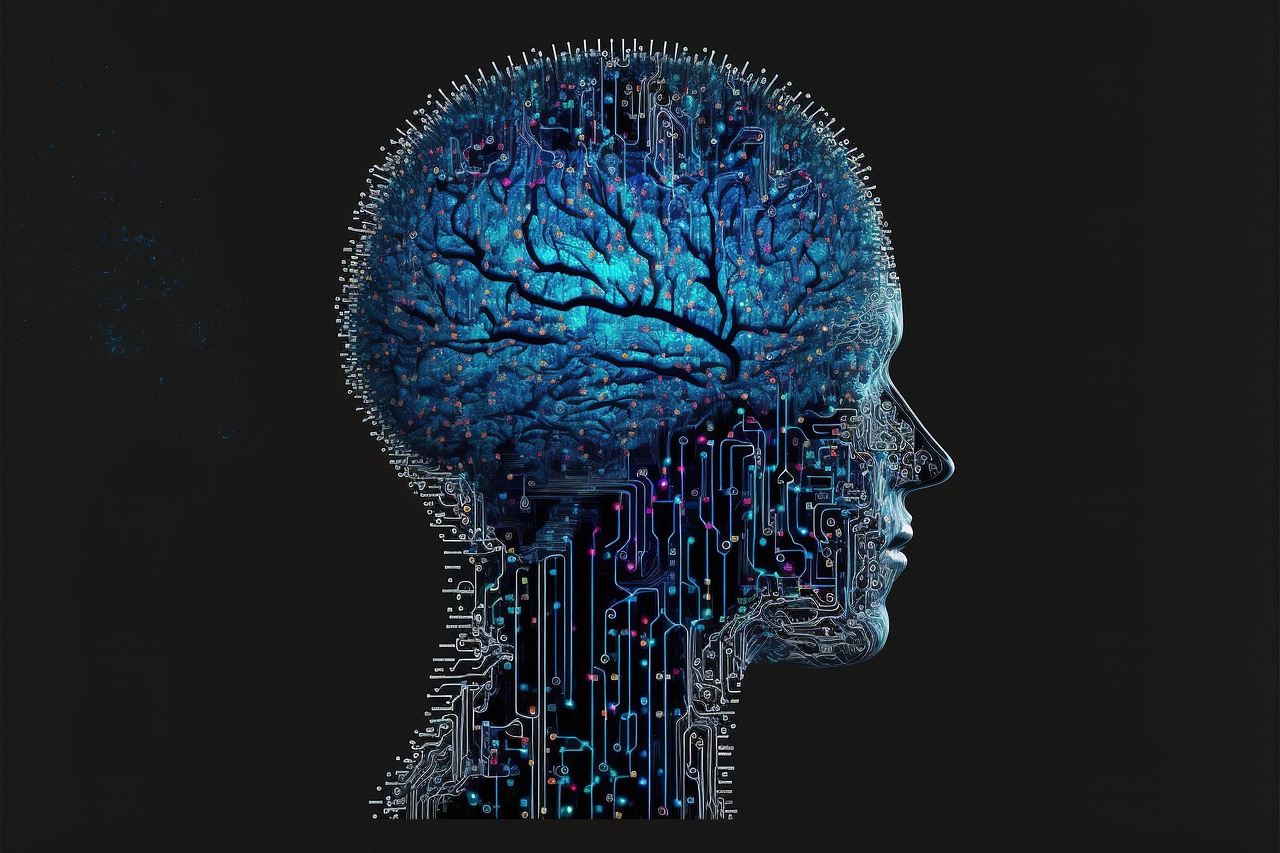
I still remember the first time I asked an AI tool to draft a grocery list. It wasn’t some sci-fi robot moment — it just saved me ten minutes. That’s when I realized: Artificial Intelligence isn’t about futuristic robots taking over the world. It’s already quietly helping us in everyday life.
But here’s the catch: most articles on AI feel heavy, crammed with jargon like neural networks, algorithms, machine learning models — and readers end up more confused than when they started. So let’s keep this one simple, clear, and human.
What is Artificial Intelligence (AI), Really?
At its core, Artificial Intelligence (AI) means teaching machines to do things that normally require human intelligence. It’s like training a computer to think and act a little like we do, so it can handle tasks on its own instead of waiting for step-by-step instructions.
Think: learning (like a student), reasoning (making sense of information), problem-solving (finding solutions), and even creating (writing, drawing, or composing).
Instead of giving a machine a step-by-step rulebook, we let it learn from data and improve on its own — a bit like how a student gets better after practice, or how you recognize a friend’s face after seeing them many times.
In short: AI is when machines can “think” in limited ways, like humans.
Quick Everyday AI Examples (No Jargon)
- When Netflix recommends you a movie → that’s AI.
- When Gmail filters out your spam → AI again.
- When your phone unlocks with your face → AI at work.
- When doctors use AI to read X-rays or predict diseases → AI in healthcare.
- When Tesla’s Autopilot helps steer on the highway → AI in the auto sector.
- When McDonald’s drive-thru uses voice AI to take your order → AI in fast food.
- When Walmart predicts what products you’ll buy next → AI in retail.
If you’ve used Google Maps, Spotify, TikTok, or ChatGPT — you’ve already lived with AI.
Levels of Artificial Intelligence (The Simple + Modern Version)
Most articles throw terms like “strong AI” and “weak AI” without context. Let’s keep it plain and real:
1. Narrow AI (The Specialist, What We Have Today)
This is the only kind of AI that actually exists right now. Every AI tool you’ve heard of — from Siri to ChatGPT — falls under Narrow AI. It’s smart at one thing, but it can’t step outside its lane. It can do only one task at a time, or at best, a very narrow range of tasks.
- Can do one type of task really well.
- Examples: Siri (voice), Google Translate (language), Netflix (recommendations), AI in healthcare (disease detection, medical imaging), autonomous vehicles (self-driving systems), and finance (fraud detection).
- Modern tools like ChatGPT, Perplexity, Gemini, Claude, and MidJourney also fall here.
- Even though ChatGPT can chat about many topics, it’s still narrow because it doesn’t “think” beyond its training — it predicts patterns in text.
2. General AI (The All-Rounder, Still a Dream)
Now, this is where things get futuristic. General AI is the idea of a machine that could do anything a human can — learn, reason, adapt, and solve problems across different areas, not just one. It also means the system could learn and fully understand human emotions, not just mimic them.
- The Hollywood version → a machine that reasons, learns, and adapts like a human across any task.
- Examples: A system that could write poetry, solve equations, cook dinner, diagnose diseases like a doctor, design software like an engineer, and debate politics with real understanding.
- Doesn’t exist yet. Researchers are still chasing it, and today’s AI is far from this level.
3. Superintelligent AI (The Scary One)
Think of this as AI on steroids — way beyond human intelligence. If General AI could match us, Super AI could outsmart us in every possible way. This stage is also imagined as the point where AI might become fully conscious, with self-awareness similar to humans.
- Beyond human intelligence in every way.
- Examples: A system that could outthink the best scientists, run governments with flawless decision-making, design technology far beyond our imagination, or even create solutions to problems humans can’t yet define.
- For now, this is just research papers, theories, and movie scripts — not reality.
Why is AI Everywhere Now?
Here’s the truth: AI isn’t brand new. The term was coined back in 1956.
But today, three things made it explode:
- Big data → The internet gave machines endless examples to learn from.
- Faster computers → What once took months now takes seconds.
- Smarter algorithms → Scientists figured out better ways to “train” machines.
That’s why AI suddenly feels like it’s everywhere at once.
Common Confusions People Have About AI
I looked through reviews and Q&A forums, and these are the biggest doubts people struggle with:
- “Is AI the same as robots?”
- Not really. A robot is a body. AI is the brain. Robots sometimes use AI, but AI can live in just software.
- “Will AI take my job?”
- Some tasks will be automated, yes. But AI also creates new roles (like AI trainers, ethicists, engineers).
- It’s less about “taking” and more about “shifting.”
- “Does AI have feelings?”
- Nope. It can mimic emotions in text or speech, but it doesn’t feel.
- “Can AI think on its own?”
- Current AI is powerful but still narrow. It can’t decide to learn something outside what it’s trained for.
Why Should You Care About AI?
Because whether you’re a student, professional, or just scrolling social media, AI shapes your daily choices:
- It decides what news shows up on your feed.
- It helps doctors spot diseases earlier.
- It assists students with homework.
- It powers self-driving experiments.
Put simply: ignoring AI today is like ignoring the internet in the early 2000s.
A Personal Take: How I Made Peace with AI
At first, AI felt overwhelming to me — like a subject meant only for scientists. But once I started connecting it to daily life (ordering food, using GPS, asking ChatGPT dumb questions), it clicked.
AI isn’t about replacing us. It’s about amplifying what we already do.
And that shift in perspective makes all the difference.
Final Thoughts
Artificial Intelligence isn’t magic, and it’s not a monster. It’s a set of tools we humans created to make sense of data, speed up work, and sometimes even surprise us with creativity.
So the next time someone drops “AI is the future”, remember: it’s not just the future. It’s already here — sitting in your pocket, recommending your next song.
Takeaway:
If you understand AI as machines learning from data to act smart, you already know more than 90% of folks who get lost in jargon.
What is AI? — An Advanced Guide
What is AI? — Types, Classifications & Real-World Examples

